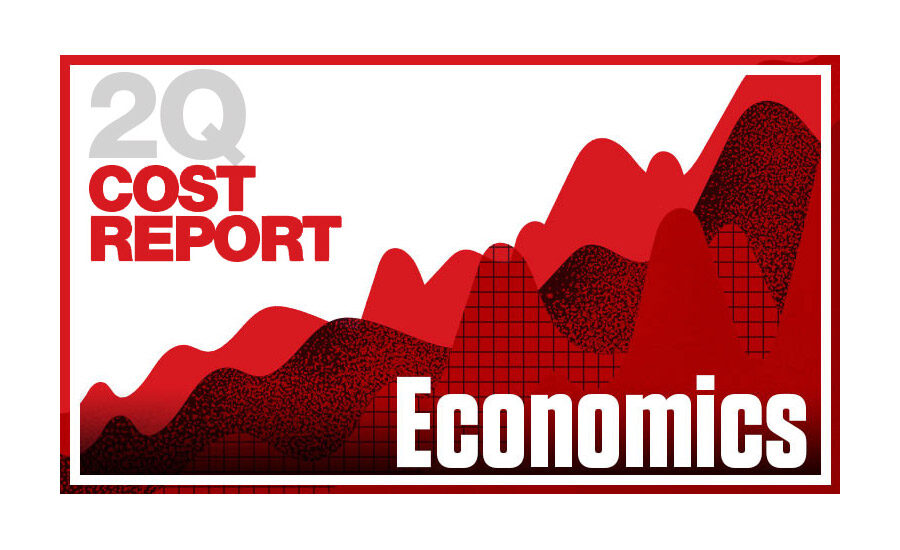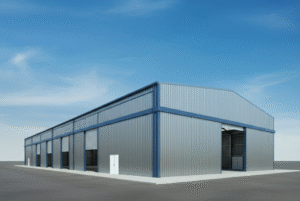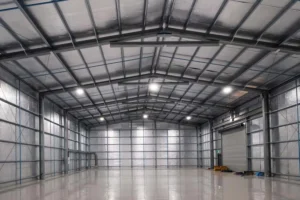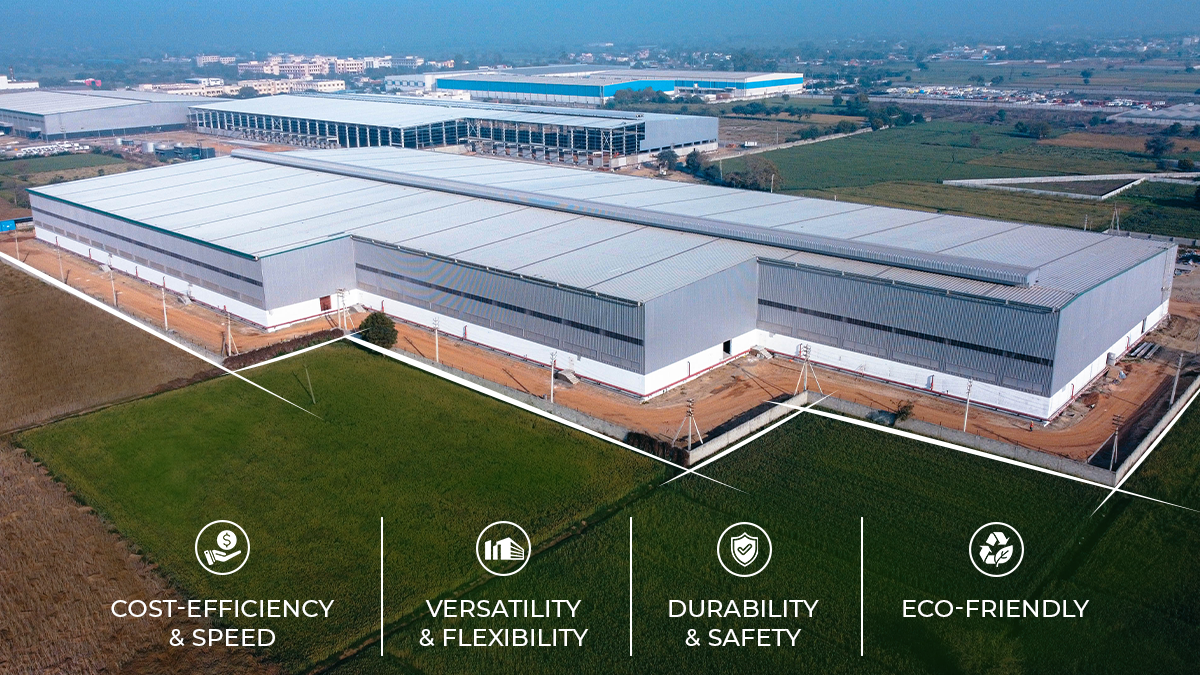
2Q 2025 Cost Report: Tariff Impacts Drive Slowdown in Construction Activity
[ad_1]
Uncertainty has plagued the overall economy in the first half of 2025, with U.S. construction industry activity slowing considerably, according to data from Dodge Construction Network.
“Tariff-driven cost increases will be difficult for consumers and producers to absorb amid an already-high inflationary environment, likely weakening demand and exerting downward pressure on prices and economic growth,” says Sarah Martin, associate director of forecasting at Dodge.
“Construction projects have continued to steadily enter the planning queue, but projects are taking increasingly longer to move through the planning process so far in 2025.” These issues will not affect each construction market equally, she adds. “The weaker macroeconomic environment will have a varied effect depending on the sector.
Year-to-date, non-residential starts fell 10% through the first four months of the year, with the commercial and manufacturing sectors leading the downward trend.
Sector Vulnerability Seen
“Nonresidential building starts are likely to soften amid broader economic uncertainty. Retail stores, warehouses, office buildings and hotels are most vulnerable to a pullback in consumer spending, more selective lending standards and higher materials costs,” says Martin. “These sectors, therefore, face the most near-term risk.”
Retail starts fell 5% through April, while starts in the hotel and warehouse sectors were down 19% and 9%, respectively. Health care, parking garages and office buildings—spurred by data centers—were the only sectors to see growth so far this year, with offices experiencing the highest increase at 19%.
The largest nonresidential building projects to begin in April were the $1-billion Kaiser Permanente Medical Center in Sacramento, Calif., the $940-million Bally’s River West Hotel and Casino in Chicago and two buildings for the GM & Samsung SDI battery cell factory in New Carlisle, Ind., each valued in the mid-$800-million range.
Residential starts declined 5% year-to-date through April. Single-family housing starts fell 6%, while multifamily starts decreased 4%. “Housing affordability and lack of supply, especially of entry-level homes, remain the main issues facing the residential market,” says Martin.
The largest multifamily developments to break ground in April were a $331-million residential-retail development in Jersey City, N.J., the $256-million Vista Point apartment building at Fairview Life Care Community in Groton, Conn., and the $226-million Rambler Riverfront District apartment building in West Lafayette, Ind.
Infrastructure Starts Climb
Nonbuilding construction starts increased 8% through April, according to Dodge data. “Nonbuilding starts will be the least affected [by economic uncertainty], buoyed by federal infrastructure law funding,” says Martin.
The largest nonbuilding-related projects to start construction in April were the $1.8-billion Hudson Tunnel rail project between New Jersey and New York City; the $775-million West Alabama highway project in Thomasville, Ala.; and the $365-million, 200-MW Carpenter Wind farm in Carpenter Township, Ind.
“Tariff-driven cost increases will be difficult for consumers and producers to absorb amid an already-high inflationary environment.”
—Sarah Martin, Associate Director of Forecasting, Dodge Construction Network
Projects moving forward could still face impacts from materials prices. “Spot prices have fallen back from recent highs, but impending trade barriers will push prices significantly higher in the second half of the year,” says Luke Lillehaugen, senior economist at S&P Global Market Intelligence, pointing to policies currently causing prices to increase.
“First is the anti-dumping duties from the U.S. Commerce Dept. These duties have been just under 15% since August 2024 but could rise again this August to at least 20%, and could reach as high as 34%,” he says. Lillehaugen adds that an ongoing Section 232 tariff probe on all lumber imports, with results expected to take effect in the fourth quarter, could deliver a 10% to 25% tariff on top of existing anti-dumping duties. The magnitude of the pricing impact from these barriers remains highly uncertain, he points out.
The S&P Global Market Intelligence second-quarter forecast predicts a 13.9% increase in 2025, with an added 6.7% rise in 2026. Plywood prices are expected to have a more modest increase of 1.5% in 2025 and 3.9% in 2026.
As for steel, “prices will be mostly flat for the remainder of 2025. Tariffs caused hikes to flat steel and rebar early in the year, and another dose when boosted from 25% to 50%, but it is now mostly priced in,” says John Anton, S&P Global Market Intelligence pricing and purchasing director. “Structurals are so expensive that they are not expected to rise, but the slow series of declines will halt at least temporarily.” S&P predicts rebar prices to fall 1% in 2025 before rising 1.1% in 2026. Structural sheet is expected to rise 4.8% this year, with a 0.2% increase next year.
[ad_2]
Source link
Post a Comment
You must be logged in to post a comment.






